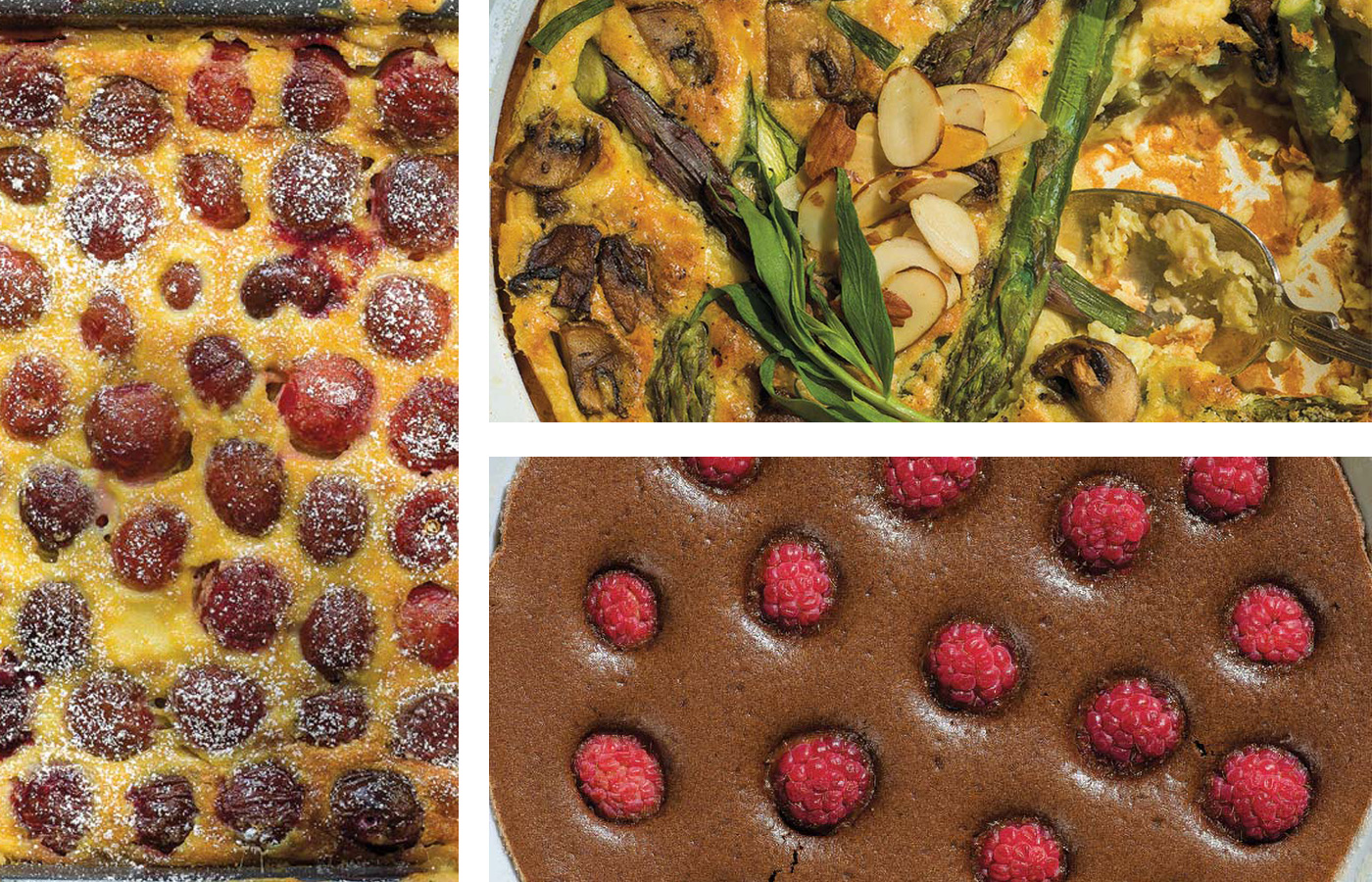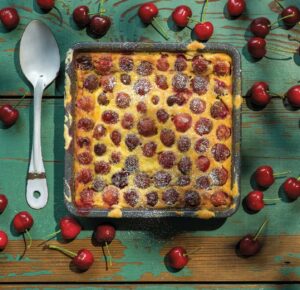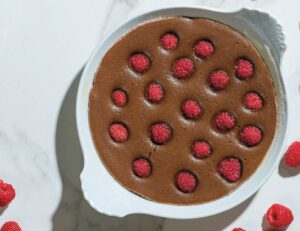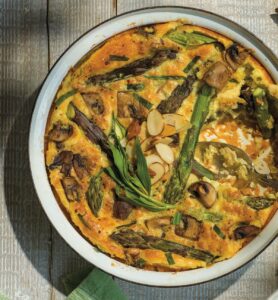
PHOTOGRAPHY BY PATRICK TREGENZA
Our plates can be windows into fascinating stories. There are certain desserts we tend to go back to, dishes that never cease to produce excitement with familiar flavors that evoke memories of special people and places. These classics resist time, transcend the coming and going of trends and are defined by their ability to inspire each new generation.
Classic desserts and their names are a delicious world to dive into. They reflect nature and its rhythms, sounds, places, legends, art and everything else that makes us human.
In French pastry, there is the simple solution of naming foods after their creator, like tarte Tatin, named for the famous sisters. And even naming them for a cycling race, the Paris-Brest, or simply a sound, craquelin.
Some names are literary references, places we long to be, anecdotes, lost and found loves. Others are based on the recipe, as with quatre-quarts or pound cake, or titles and professions, like financiers, religieuse and duchess. In many traditional cookbooks, recipe titles often include the name of the relative or friend generous enough to share it. We know the recipe will be good if its name starts with the word grandma’s.
In the world of interesting dessert names, clafoutis (pronounced clah-foo-tee) has stood the test of time for centuries. It is as simple and homey as any dessert can get in France. Originally from the Limousin region, the word comes from the Occitan word clafir which means to fill up, referring to filling up a dish with cherries so they can swim happily in a tender batter, that is a cross between a flan and a crepe. No special equipment is required, just a bowl, a whisk and a handful of ingredients.
As always happens with classic dishes, there is a lot of controversy around the specifics, and the main one with this humble dessert is whether or not to pit the cherries. Some say they’re better whole, so they keep their integrity and stronger flavor; others prefer the juice from pitted cherries to seep into the batter as it turns jammy.
Purists will not use anything but fresh Limousin cherries, but clafoutis can be made with any fruit. Apricots, peaches, apples, pears, plums and even marinated prunes are delicious options.
The neutral base provides an open canvas for flavoring, with orange peel and spices like cinnamon, ginger or anise. Clafoutis are best served warm from the oven; they look nice with a simple sprinkling of powdered sugar on top. And, as with all classics, there is always room for interpretation.
They can be made savory instead of sweet, and these versions are wonderful as well, especially if they contain any type of cheese and vegetable. Served with a salad, they make a perfect brunch.
Choosing a classic and making it our own in such a way that it reflects who we are gives a special meaning to the loving act of cooking. It makes us a link in an endless chain, forged by generations, that will transcend time.



About the author
Analuisa Béjar loves exploring flavor routes as the chef at her Sunny Bakery Cafe in Carmel Valley. She is a recent transplant from Mexico City, where she was a food critic, award-winning writer, editor, recipe developer, culinary teacher and organizer of Latin American gastronomy competitions.
- Analuisa Béjarhttps://www.ediblemontereybay.com/author/analuisabejar/
- Analuisa Béjarhttps://www.ediblemontereybay.com/author/analuisabejar/
- Analuisa Béjarhttps://www.ediblemontereybay.com/author/analuisabejar/
- Analuisa Béjarhttps://www.ediblemontereybay.com/author/analuisabejar/


